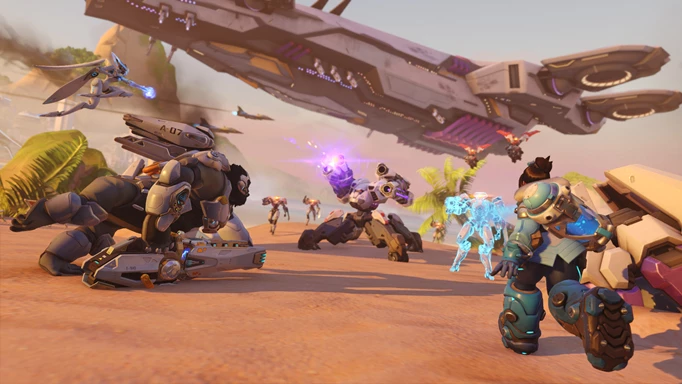Overwatch 2 Narrow & Wide Groups explained

Overwatch 2 has seen an overhaul in how it deals with players teaming up together to play the ranked mode, with Skill Rating range abandoned in favour of the new Narrow and Wide Group system.
When playing the game, many players complained that they couldn't team up with buddies for competitive, and it seems like Blizzard took these complaints to heart. So, if you want to learn how the Narrow & Wide Groups work, I'll explain below.
What are Narrow & Wide Groups?
Under this new system, Wide Groups are made up of players with higher competitive ranks, meaning wins and losses affect their ranking less. Wide Groups are exclusive to duos, trios, and five-man groups, and can only compete against other Wide Groups.
This grouping is also dependent on where your team sits skill rating-wise. From Bronze to Diamond, Wide Groups are more than five divisions apart; in Master, Wide Groups are more than three divisions apart, and in Grandmaster to Champion, all groups are Wide.

 Click to enlarge
Click to enlargeNarrow Groups are instead made up of solo players or groups with a very small range in their rankings, and again only compete against other Narrow Groups.
This system helps to keep the playing field more even across games, as the idea is that big groups with varying skill ratings will only face off against similar groups, instead of being matched with a team of solo players.
It's worth noting that as a result of this, Wide Groups take a much longer time to find games when queuing, as there are more criteria to sort through when finding suitable opponents, but it does finally let friends of wildly different ranks team up again.
